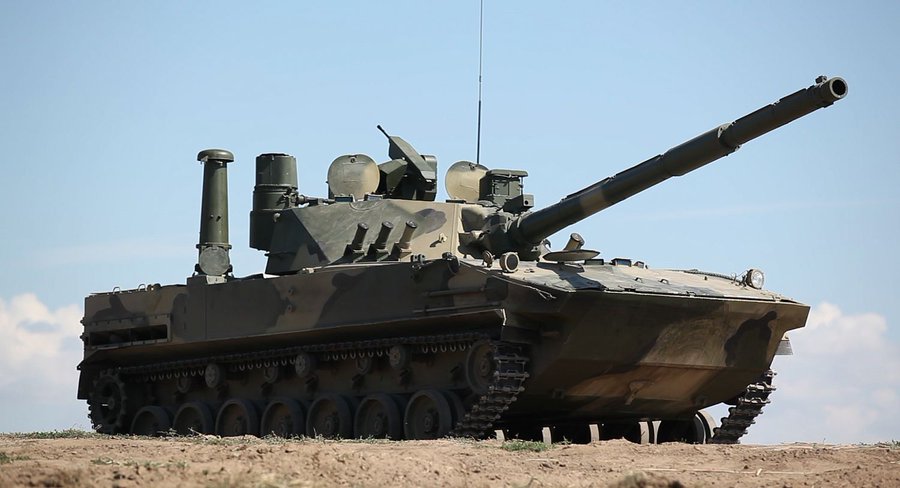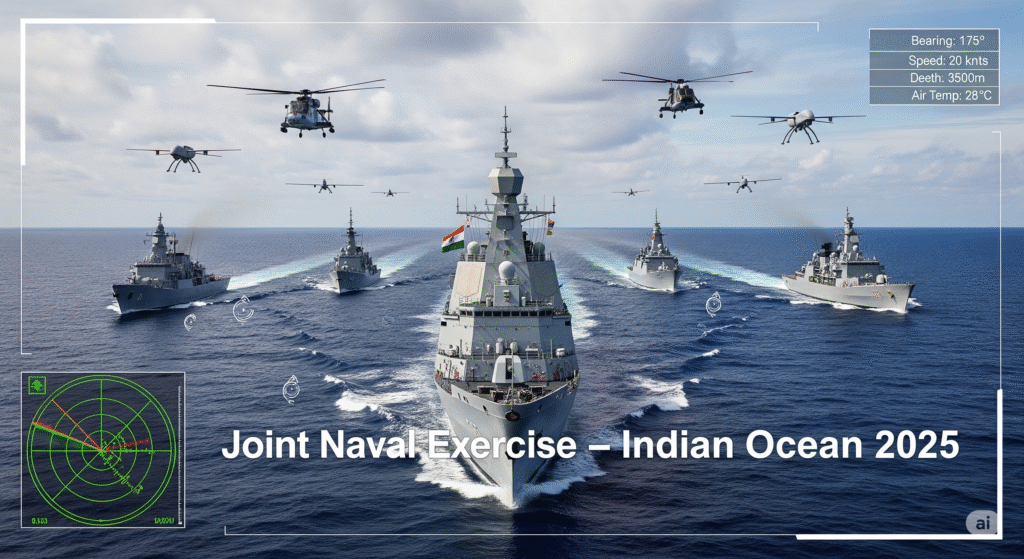AVNL Races to Finalize Bharat Light Tank Design by 2025-End: India’s 25-Ton Punch for the Himalayas
Armoured Vehicles Nigam Limited (AVNL) is accelerating the Bharat Light Tank program to counter Chinese ZTQ-15 deployments along the LAC — targeting design freeze by December 2025 and first prototype rollout by late 2026.
Program Genesis and Strategic Urgency
The Bharat Light Tank (BLT) program was formally launched in April 2022 following the Galwan clash and subsequent PLA deployment of the 35-ton ZTQ-15 Type 15 light tank in eastern Ladakh. The Indian Army issued a requirement for a 25-tonne class combat vehicle capable of high-altitude operations above 4,500 meters with firepower comparable to the T-90 Bhishma.
Armoured Vehicles Nigam Limited (AVNL), formed in 2021 through consolidation of Ordnance Factory Board assets, was designated as the lead integrator. The project operates under the Make-I category with full funding from the Ministry of Defence and active collaboration from DRDO’s Combat Vehicles Research and Development Establishment (CVRDE).
Design Philosophy: Light, Lethal, Local
The BLT is engineered around three core principles:
- Air transportability via C-17 Globemaster and Il-76
- High power-to-weight ratio for steep gradients
- Modular protection scalable to threat level
The baseline configuration includes:
- Weight: 24.5 tonnes (combat loaded)
- Length: 7.8 m | Width: 3.2 m | Height: 2.4 m
- Crew: 3 (commander, gunner, driver)
- Ground clearance: 450 mm
- Fording depth: 1.2 m (without prep)
Firepower: 105mm Punch in a Light Package
The turret mounts a 105mm rifled gun developed by AVNL Jabalpur, derived from the Arjun MBT’s main armament but lightened through composite barrel technology. Key features:
- Ammunition: APFSDS, HESH, HEAT, canister
- Effective range: 2,800 m (APFSDS)
- Rate of fire: 8 rounds/min
- Auto-loader with 12 ready rounds
Secondary armament includes a coaxial 7.62mm PKT machine gun and a 12.7mm remote weapon station for anti-drone and infantry suppression.
Mobility and Powerpack
Power comes from a Cummins India-developed 750 hp diesel engine coupled with an indigenous automatic transmission from CVRDE. This delivers:
| Parameter | Value |
|---|---|
| Power-to-weight | 30.6 hp/tonne |
| Top speed (road) | 70 km/h |
| Top speed (cross-country) | 45 km/h |
| Gradient | 35° |
| Trench crossing | 2.2 m |
The hydropneumatic suspension and low ground pressure (0.68 kg/cm²) enable operations on soft snow and marshy terrain prevalent in Arunachal Pradesh.
Survivability Suite
Protection is modular and mission-configurable:
- Base hull: Composite armor + ERA (STANAG Level 4)
- Add-on slat armor for RPG defense
- Active Protection System (APS) – DRDO Shakti variant
- Smoke grenade launchers (8 tubes)
- Laser warning receivers
- NBC overpressure system
The low thermal signature and reduced acoustic profile enhance survivability in high-altitude environments with sparse vegetation cover.
Digital Battlefield Integration
The BLT is a fully networked platform with:
- Battlefield Management System (BMS) integration
- Hunter-killer capability via commander’s panoramic sight
- UAV data link for beyond-visual-range targeting
- AI-assisted fire control for moving targets
- Exportable power for dismounted troops
Development Timeline and Milestones
AVNL has set aggressive targets:
- Design freeze: December 2025
- First prototype rollout: November 2026
- High-altitude trials (Leh): Summer 2027
- Limited series production: 2028
- Full induction (350 units): 2032
Two technology demonstrators are under fabrication at AVNL’s Chennai Heavy Vehicles Factory. Critical design review was completed in September 2025.
Industrial Partnership Ecosystem
The program leverages a robust public-private partnership:
| Partner | Role |
|---|---|
| L&T Defence | Hull fabrication, welding |
| Tata Advanced Systems | Turret integration, composites |
| Bharat Forge | Track system, suspension |
| Mahindra Defence | Electronics, vetronics |
| DRDO CVRDE | Powerpack, transmission |
Cost and Production Plan
Estimated program cost: 14,000 crore rupees for development and initial 50 units. Per-unit cost in full production: 38 crore rupees. AVNL plans to establish two assembly lines — Chennai (primary) and Medak (secondary) — with annual capacity of 60 tanks.
Comparison with PLA ZTQ-15
| Parameter | Bharat Light Tank | ZTQ-15 |
|---|---|---|
| Weight | 24.5 t | 35 t |
| Main gun | 105mm rifled | 105mm rifled |
| Engine | 750 hp diesel | 1,000 hp diesel |
| Air transport | C-17 (1 unit) | Y-20 (1 unit) |
| APS | Yes (Shakti) | Yes (GL5) |
While the ZTQ-15 has superior raw power, the BLT offers better strategic mobility and lower logistic footprint in Indian operating conditions.
Export Potential
The BLT is positioned for export to friendly nations in Southeast Asia and Africa facing similar high-altitude or amphibious requirements. Discussions are underway with Vietnam and Mongolia.
Challenges Ahead
Key risks include:
- Powerpack reliability at -40°C
- APS integration with 105mm turret
- Supply chain for rare-earth materials in composites
AVNL has established a dedicated cold-weather test facility in Manali to validate systems under extreme conditions.
Conclusion
The Bharat Light Tank is not merely a response to Chinese deployments — it is a statement of India’s growing capability to design, develop, and deploy sophisticated armoured platforms indigenously. When the first prototype rumbles across the Himalayan passes in 2027, it will carry the weight of national ambition on its 25-tonne frame.
From the drawing boards of Chennai to the snowfields of Sikkim, the BLT is India’s answer to 21st-century mountain warfare — light enough to fly, heavy enough to fight.



